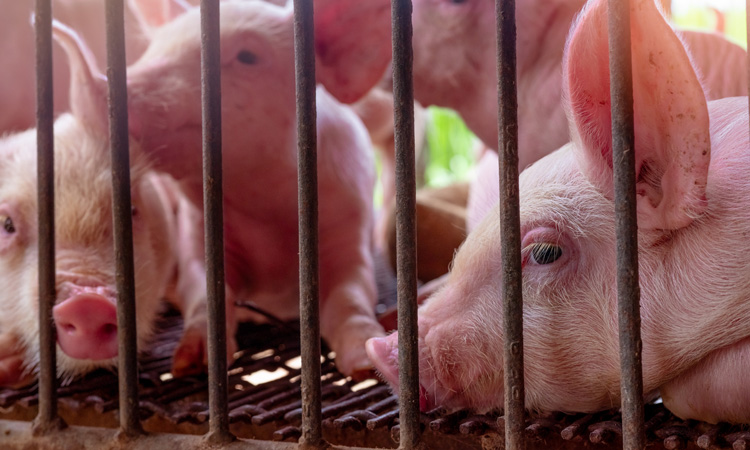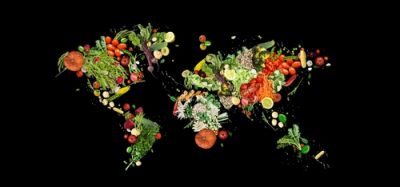EFSA confirms nine European countries still affected by African swine fever
- Like
- Digg
- Del
- Tumblr
- VKontakte
- Buffer
- Love This
- Odnoklassniki
- Meneame
- Blogger
- Amazon
- Yahoo Mail
- Gmail
- AOL
- Newsvine
- HackerNews
- Evernote
- MySpace
- Mail.ru
- Viadeo
- Line
- Comments
- Yummly
- SMS
- Viber
- Telegram
- Subscribe
- Skype
- Facebook Messenger
- Kakao
- LiveJournal
- Yammer
- Edgar
- Fintel
- Mix
- Instapaper
- Copy Link
Posted: 31 January 2020 | Sam Mehmet (New Food) | No comments yet
The situation is said to vary substantially between EU member states, due to influences such as geographical conditions.


The European Food Safety Authority (EFSA) has published its latest annual update on the presence of African swine fever (ASF) in the European Union. During the period covered by the report – November 2018 to October 2019 – Czech Republic became officially ASF-free. The disease was, however, confirmed as present in Slovakia, meaning there continue to be nine affected countries in the EU.
The report shows that all phases of the epidemic are now represented in the EU: areas recently affected following either an isolated introduction or geographic expansion from affected areas; affected areas that are expanding; areas where ASF infection has been present for some time, including areas where ASF seems to be fading out; and non-affected areas.
The situation is said to vary substantially between EU member states, due to multiple influences including the structure of domestic swine (pig) production (in particular, the proportion of backyard holdings), geographical conditions and the characteristics of the wild boar population.
Backyard (non-commercial) farms present particular challenges for an ASF eradication programme, the EFSA suggested, such as uncontrolled movements of pigs and people, poor biosecurity and the identification of holdings.
For this year’s report, a case study was conducted in Romania to identify the particular factors that contribute to the spread of the disease in these non-commercial holdings.
The report also:
- Describes seasonal fluctuations in the detection of ASF-positive samples since the disease was first detected in the EU
- Reviews the measures applied by the affected member states for controlling the spread of ASF in wild boar
- Assesses the effectiveness of artificial or natural boundaries in controlling spread, with a particular focus on the combination of control measures that have been applied in Belgium
- Based on the latest science and epidemiological data, assesses measures for managing wild boar populations in different geographical areas of the EU.
Related topics
Food Safety, Health & Nutrition, Outbreaks & product recalls, Research & development








